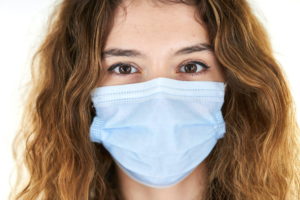“Operation Warp Speed” announced
On May 15, 2020, following March 2, 2020 discussions with pharmaceutical executives, President Trump announced a U.S. public-private partnership, the Operation Warp Speed Vaccine Initiative (OWSVI), to accelerate the development, manufacture, and distribution of COVID-19 vaccines, therapeutics, and diagnostics collectively known as countermeasures. With the aim of delivering 300 million doses of a safe, effective vaccine for the entire population of the United States with an effective vaccine “before the end of the year.” [1, 2, 3, 4, 5, 6] "President Trump's vision for a vaccine by January 2021 will be one of the greatest scientific and humanitarian accomplishments in history, and this is the team that can get it done," said HHS Secretary Alex Azar. OWS is headed by ex GSK's & ex Moderna's director Dr Moncef Slaoui, [7] with projects led by: Vaccines: Peter Marks, M.D., Ph.D., Director of the FDA's Center for Biologics Evaluation and Research. Therapeutics: Janet Woodcock, M.D., Director of the FDA's Center for Drug Evaluation and Research. Diagnostics: Bruce Tromberg, Ph.D., Director of the NIH's National Institute of Biomedical Imaging and Bioengineering. At this point Dr Anthony Fauci is not confident a vaccine will be effective. A warp speed vaccine could be deadly. Eleven..> READ MORE

